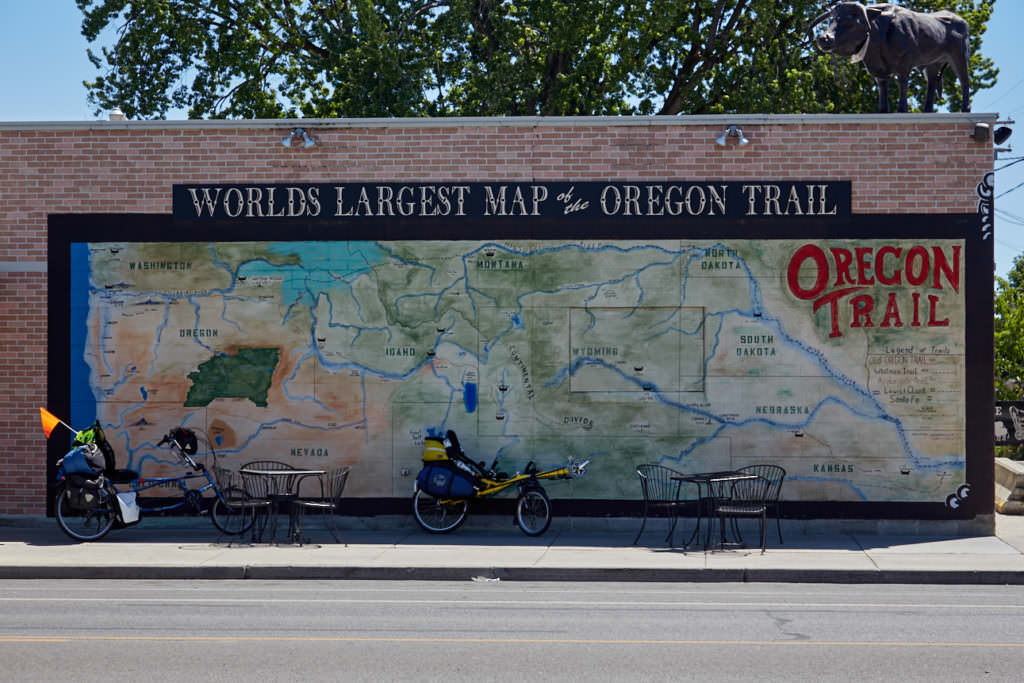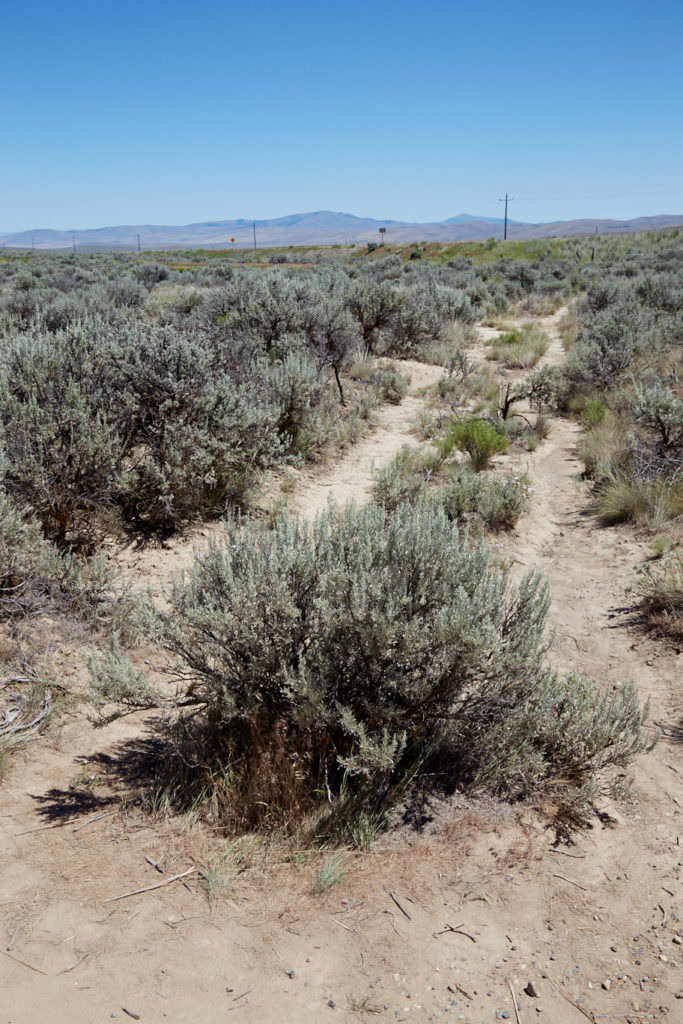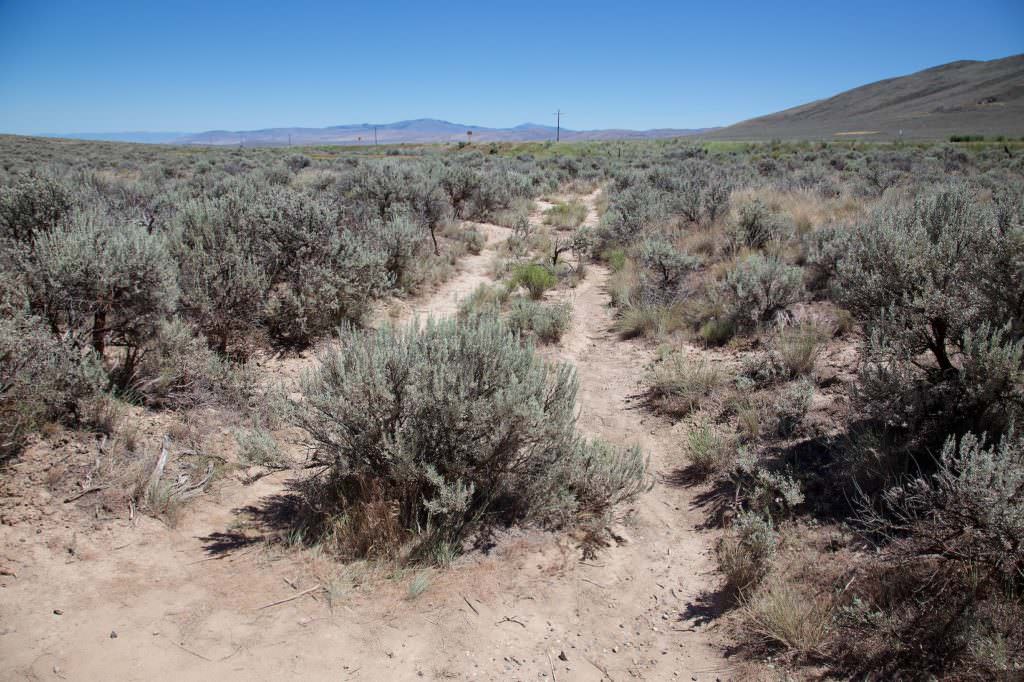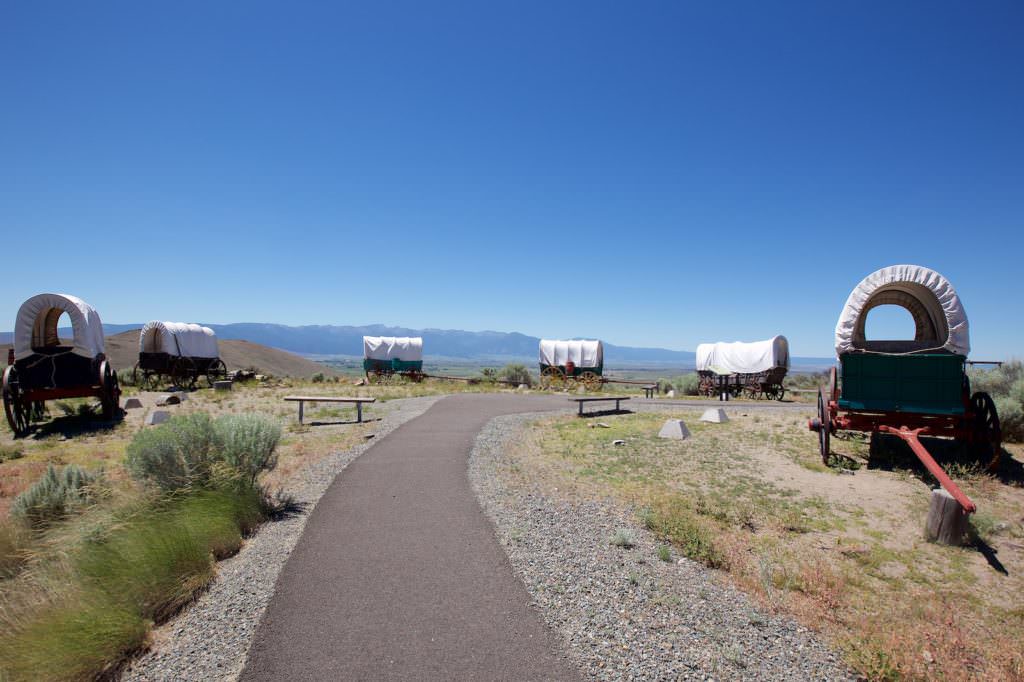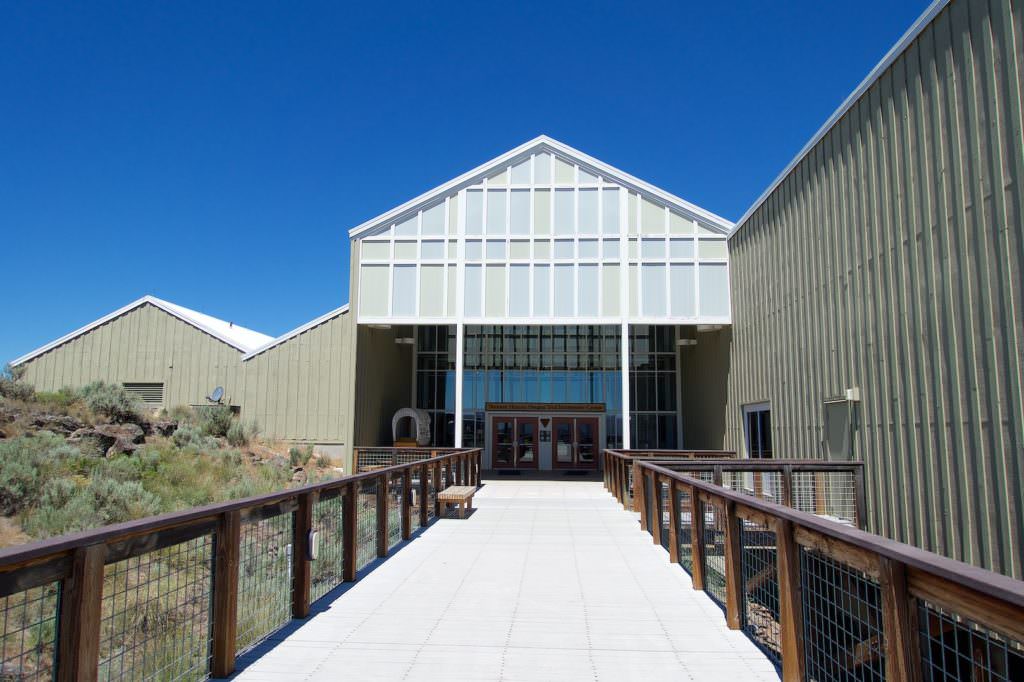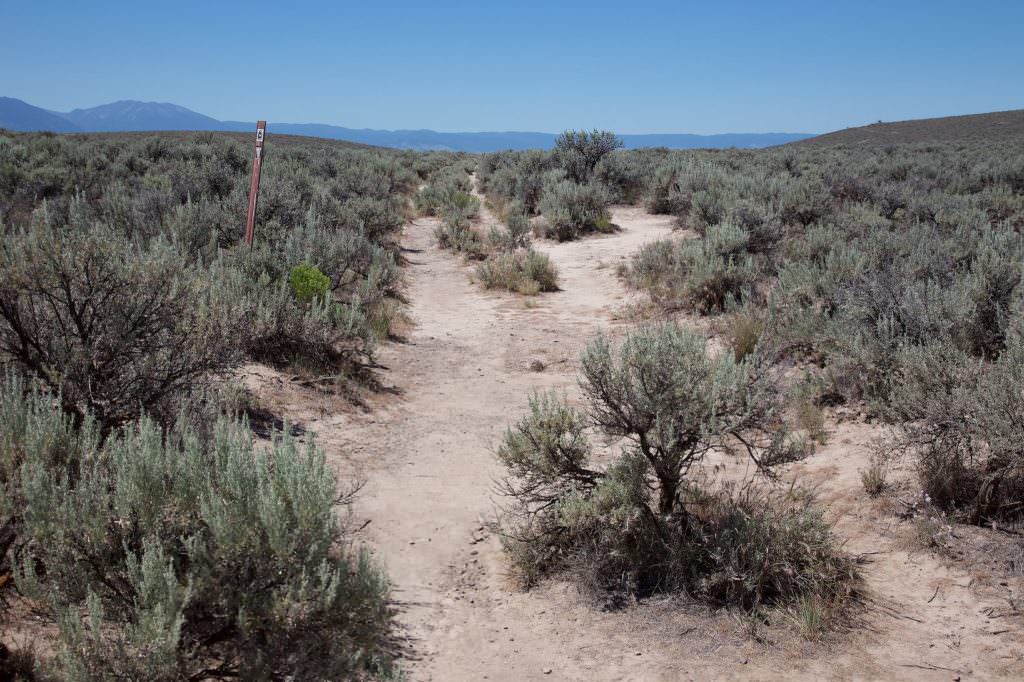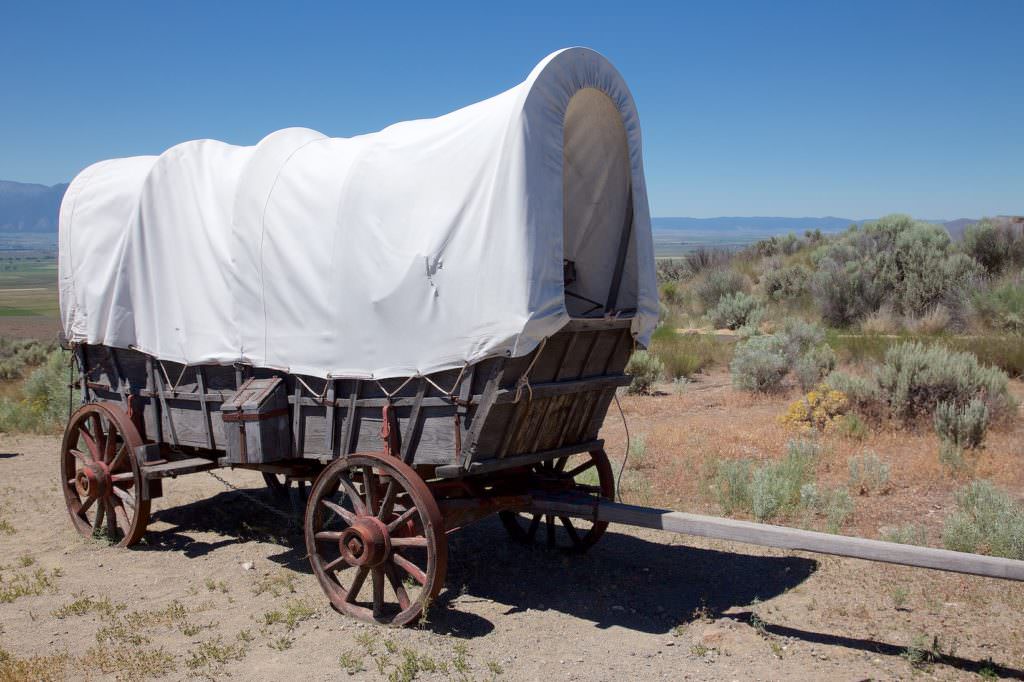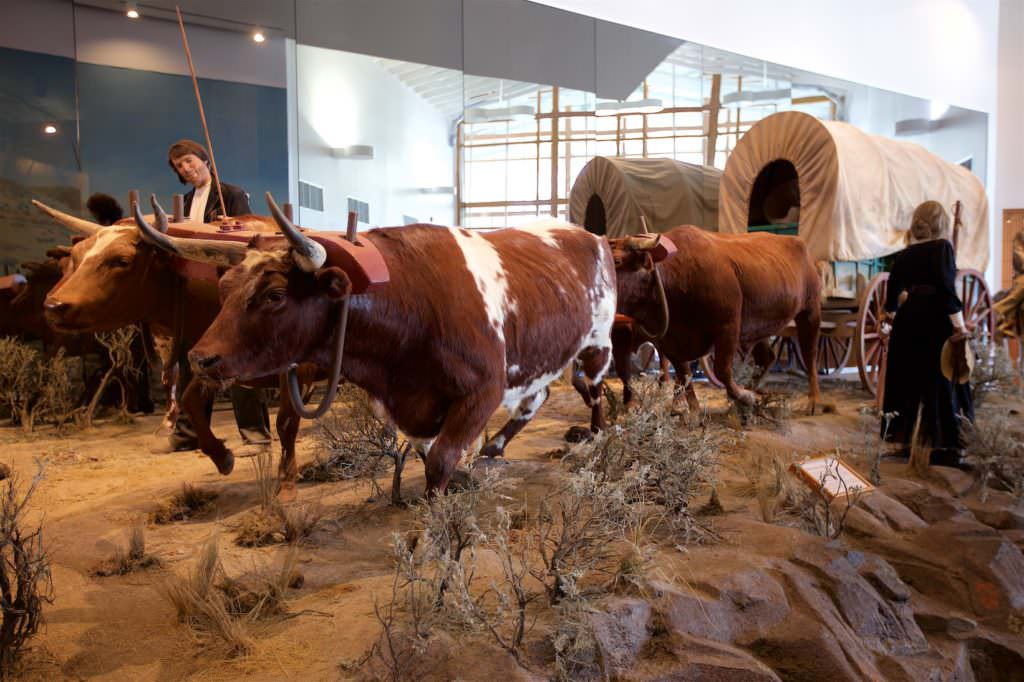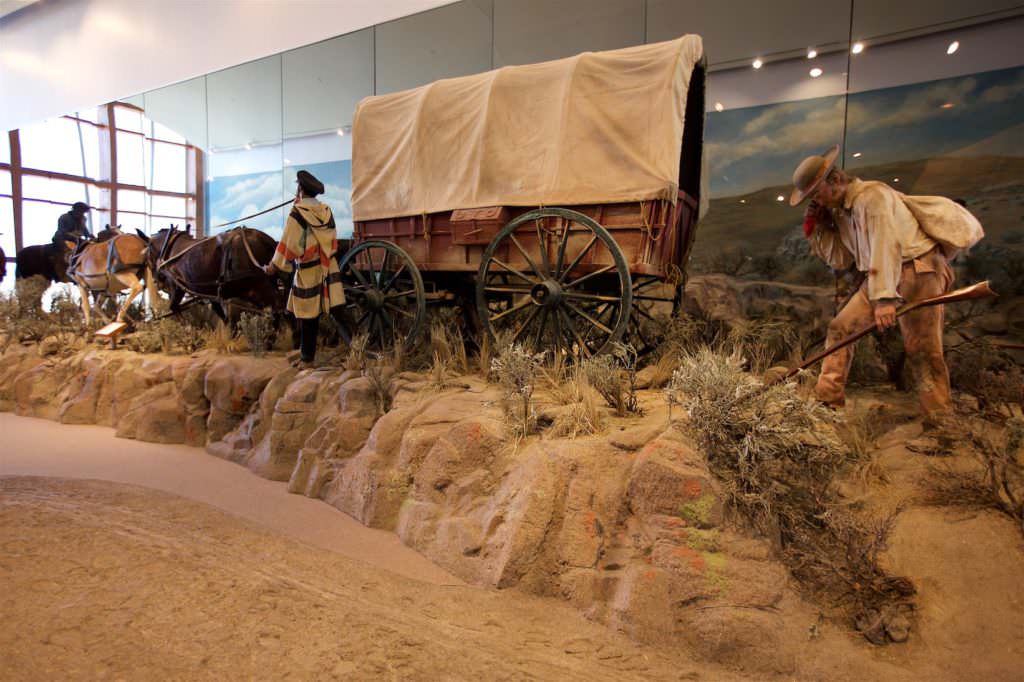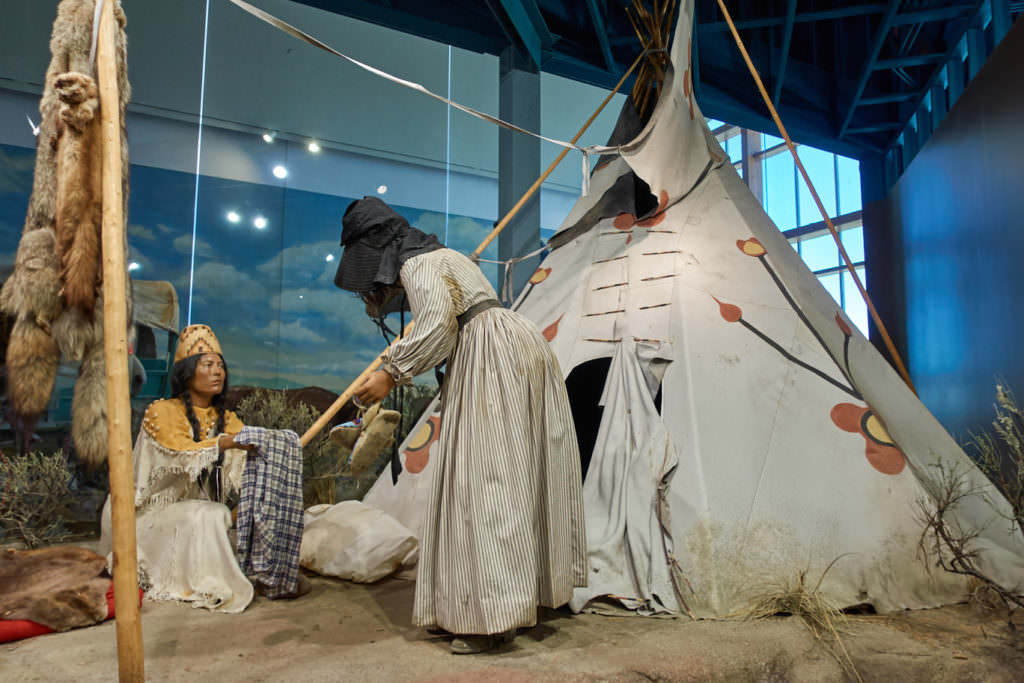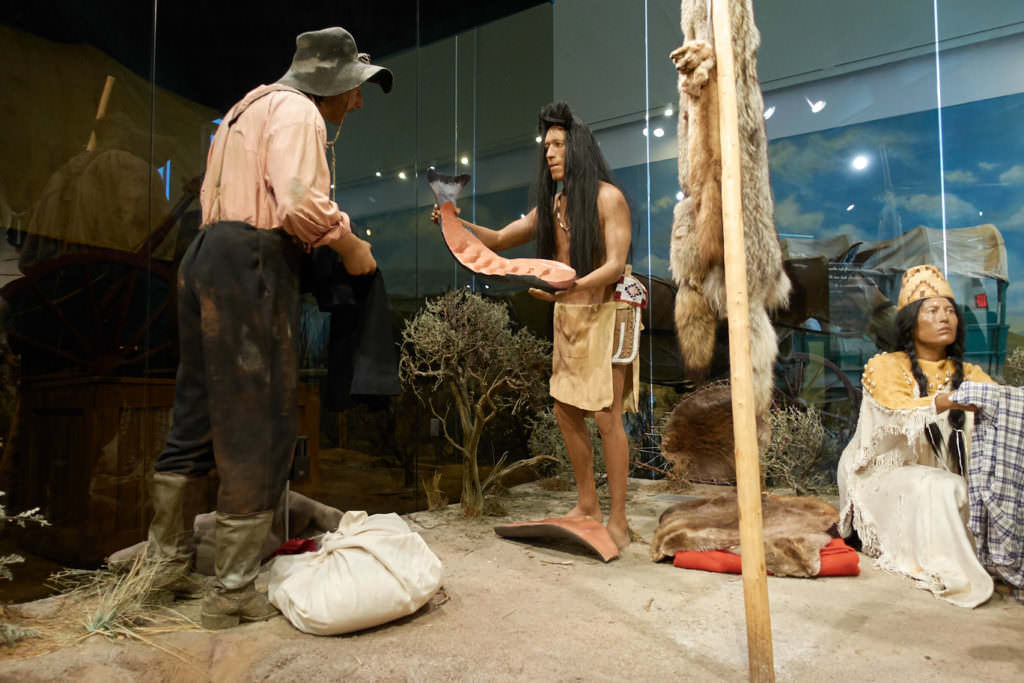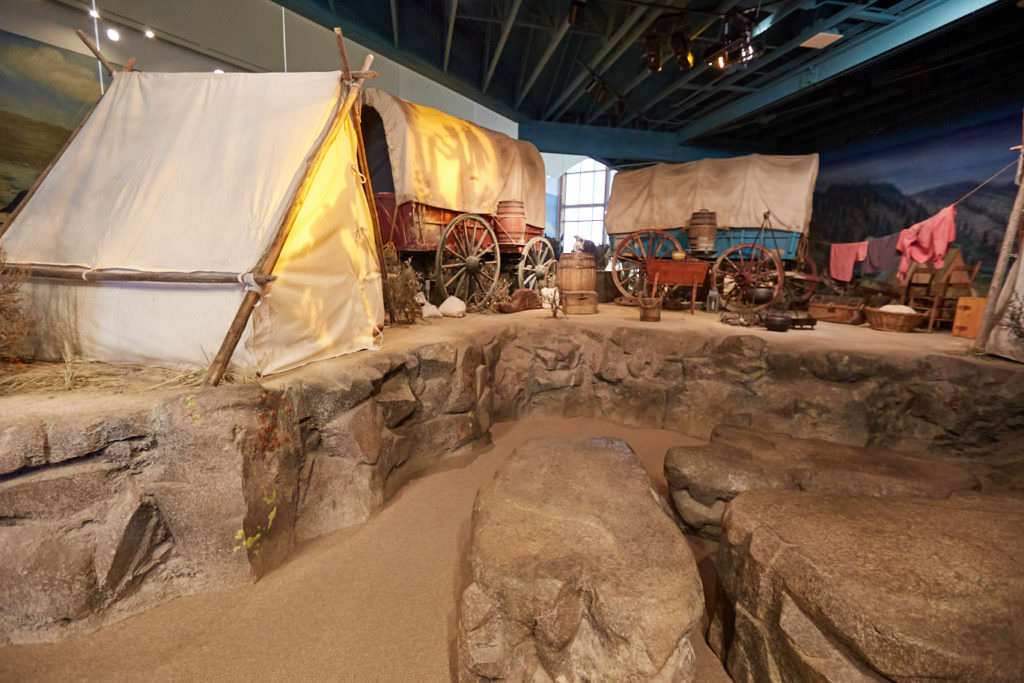Entrance fees and opening hours
- 8$/person
- Not covered by the Anual Pass*
- Open year-round from 9 a.m. - 4 p.m. Closed on Thanksgiving, Christmas and New Year's Day.
*The Anual Pass is so to speak the "flat rate" for all Parks managed by the National Park Service. The pass costs a one-time fee of $80 and can be purchased at the entrance to each National Park, National Monument, etc. The pass is valid for 13 months.
For the GPS: 22267 OR-86, Baker City, OR 97814
Our visits: So far 1 visit in June 2015
Oregon Trail Interpretive Center
Current: Because of construction work on the building, the Interpretive Center is closed until further notice. Until it reopens, portions of the exhibit can be viewed at the Baker Heritage Museum. Current information can be found on the BLM-site.
Description: You can learn all there is to know about the Oregon Trail at this Interpretive Center. The museum is located 6mi northeast of Baker City directly on the historic trail. With the help of display boards, countless illustrative objects and films, you can learn all kinds of interesting facts about the time of the settlement of the West. In addition, there are two hiking trails on which you can also pass original traces of the covered wagons.
Our rating: We liked the museum very much. As so often in the USA, such centers are very interestingly designed and built. If you are interested in the history of settlement in the USA, you will certainly like it here.
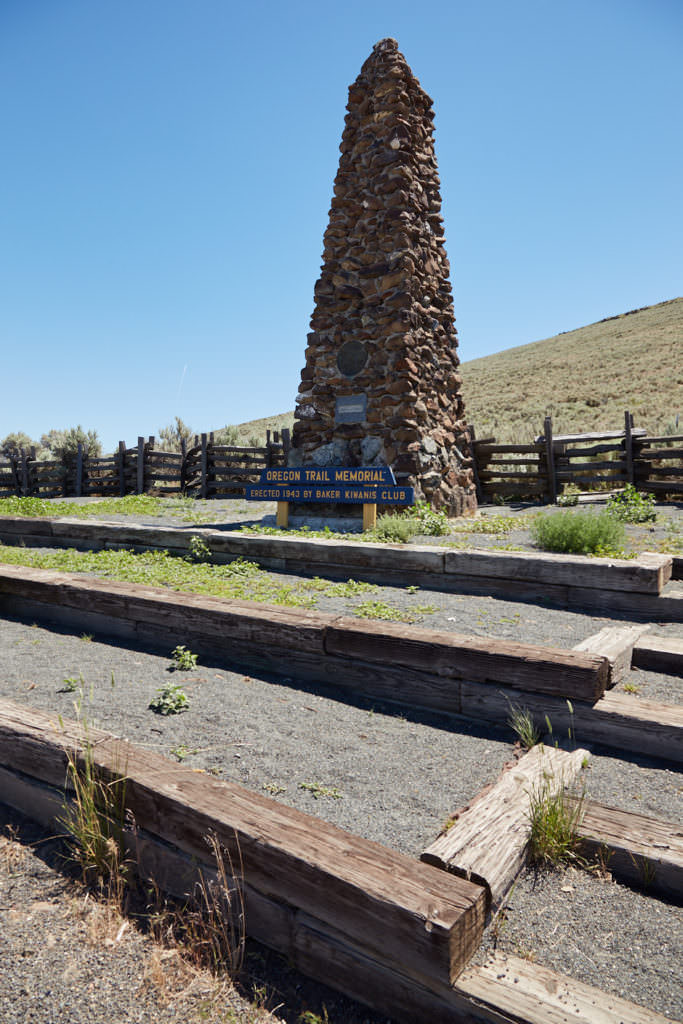
A few facts about the Oregon Trail
The 2169mi long trail started on the Missouri River and headed westward into the Oregon valleys. It led across what is now Kansas, Nebraska, Wyoming and Idaho and into Oregon. Laid out from 1811 to 1840, the trail was at first passable only by foot or horseback. In 1836, the first wagon trail reached Fort Hall in Idaho. Subsequently, the trail was improved. Among other things, bridges were built, ferries were established, and roads were constructed. It was not until 1869, when the first transcontinental railroad went into operation, that use of the trail declined more and more. Until then, however, over 400,000 settlers, miners and businessmen came west over the Oregon Trail.
